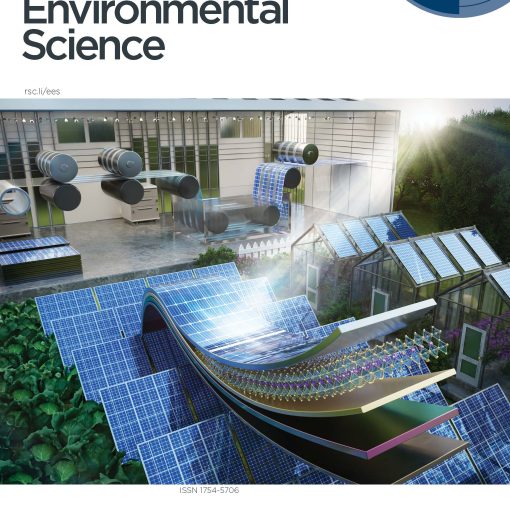Our study, recently published in Nature Sustainability, develops the first open, state-by-state roadmap of the environmental footprint of U.S. AI servers. First-authored by Tianqi Xiao and titled “Environmental impact and net-zero pathways for sustainable artificial intelligence servers in the USA,” the study shows that rapid AI growth could add 24-44 million tonnes of carbon emissions and 731-1,125 million m³ of water use per year by 2030, yet smart siting, faster grid decarbonization, and more efficient operations together could cut these impacts by up to 73% (carbon) and 86% (water). This study offers a roadmap to help industry and policymakers decide where and how to build AI data centers so that the AI boom supports, rather than undermines, climate and water goals.
The paper has received media coverage from:
- Cornell Chronicle: ‘Roadmap’ shows the environmental impact of AI data center boom
- NPR: By 2030, how much will data centers contribute to fossil fuel emissions? Scientists mapped it
- Fast Company: Data centers have huge water and carbon impacts. Building them in these states could reduce that
- The Herald: AI data centers could be coming to a city near you. Can your state handle it?
- New Scientist: AI power use forecast finds the industry far off track to net zero
- WIRED: If the US Has to Build Data Centers, Here’s Where They Should Go
- Inc.: Cornell Study Finds 3 Ways That Smarter AI Infrastructure Could Cut Emissions by 73 Percent
- Technology Networks: Tallying the Environmental Impact of the AI Data Center Boom





